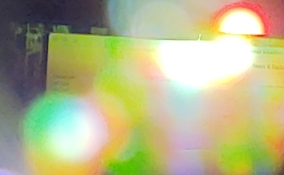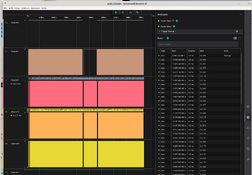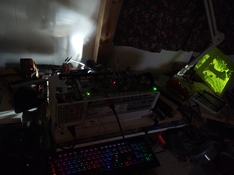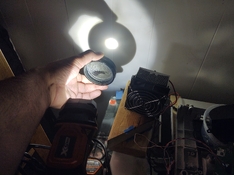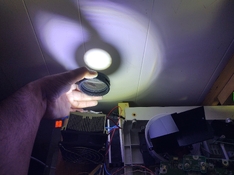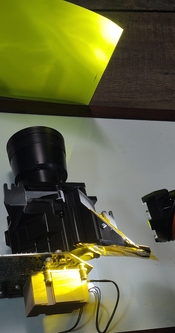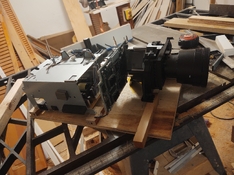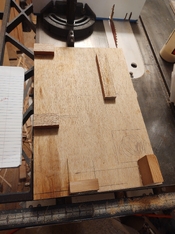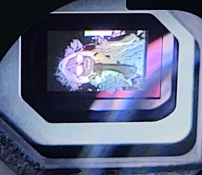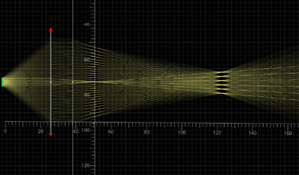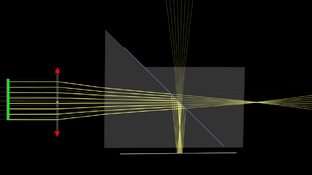OK So last week I worked on the focus thing. Today I gave up on processing the images locally on the little thinkcentre computer. Instead I went back to Mr ChatGPT and I asked it to build me an HTML page and serve it locally using podman. The benefit of this is that you can have a big powerful computer do the image crunching and a tiny computer do the projecting. It can be the same computer it doesn't matter. To use it:
You will need Ubuntu or some other Linux. I don't do windows programs sorry for you if you must use windows:
first allow the network traffic :
sudo ufw allow 5000
Then
podman run -d -p 5000:5000 my-flask-app
it looks like this:
then just open an email file, hit process image. That will start the threshold as a series of images in a cache folder on the server. then when it is done, go hit start or stop. Oh and input your exposure time. Its really working finally!! like if you set it to 12minutes it will expose for 12 minutes!
One last bit. On Firefox (friends don't let friends use chrome anymore) go to : about:config and then search for "full-screen-api.ignore-widgets" double click her to set it to true. Now if you press F11, the top menus of your browser will disappear and you will have a single window with your image ready to go. Hit start then take the pointer and put it somewhere else so the menus autohide. Its working OK. It probably needs some TLC but I am not complaining.
my projector is 1080p, but you can change the native resolution in the python app called app.py:




